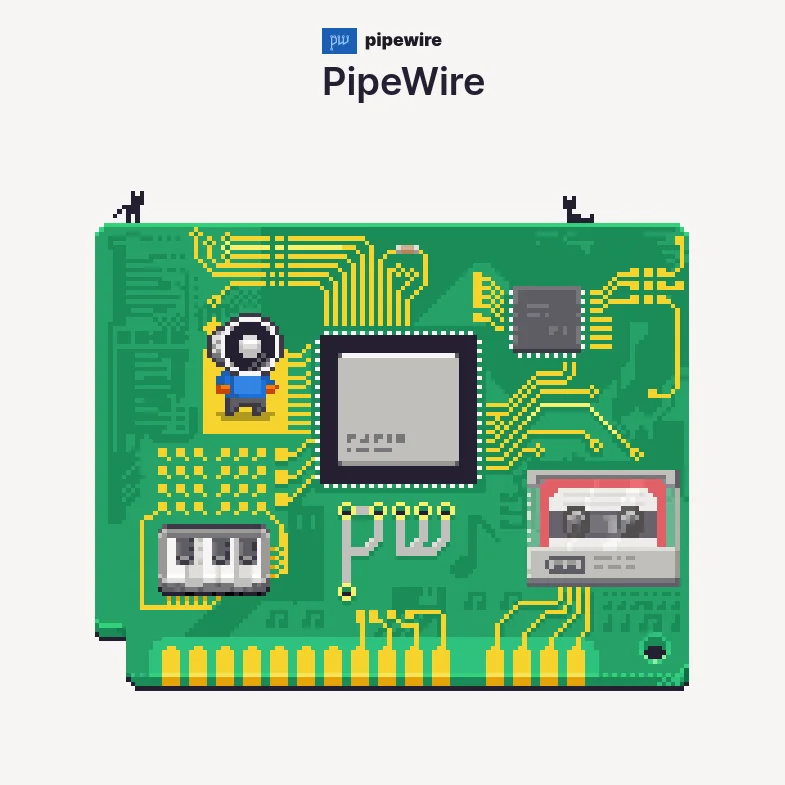PipeWire Is Still On Track For One Day Being A Drop-In Replacement To PulseAudio

While PipeWire is mostly talked about these days on the video side for being part of the technology to allow for Wayland remote desktop handling on KDE Plasma and GNOME Shell desktops as well as being important for Flatpak app sandboxing, part of the longer-term vision at Red Hat is on seeing PipeWire also be a success on the audio front.
Eventually the plan is for PipeWire to be a suitable drop-in replacement to PulseAudio as well as JACK. They are making progress in this direction, but it doesn't look like in the near-term that any change of the default audio server will be ready for the Linux desktop.
On the JACK front, many audio applications relying upon it are working now with PipeWire but there are still some functionality gaps before it could be considered a drop-in replacement.
For the goal of replacing PulseAudio, PipeWire still needs to work on its support for hardware mixers, creating a separate module for PulseAudio services functionality not belonging within PipeWire, moving policy/session handling outside of PulseAudio, filters support, ensuring Bluetooth audio device support is at parity, device reservation, stream monitoring, and latency handling.
It's not clear yet when the transition from PulseAudio to PipeWire will happen, initially Fedora Workstation is likely the first distribution we'll see the change-over happen when deemed ready. Its anticipated that PipeWire will be able to be a drop-in replacement to PulseAudio before it's at the same level as JACK.
More details on this PipeWire hackfest via Christian Schaller's blog.
50 Comments

